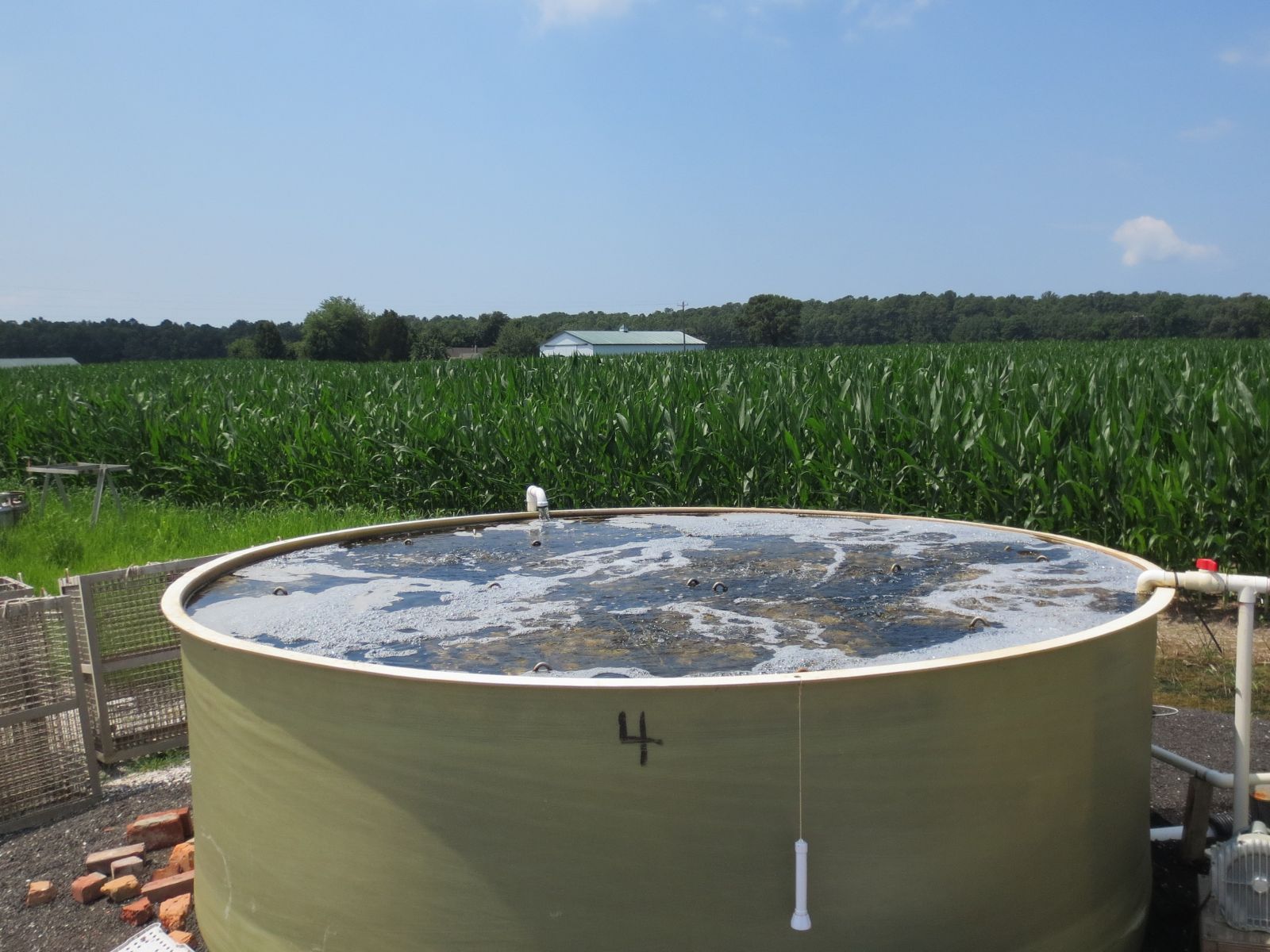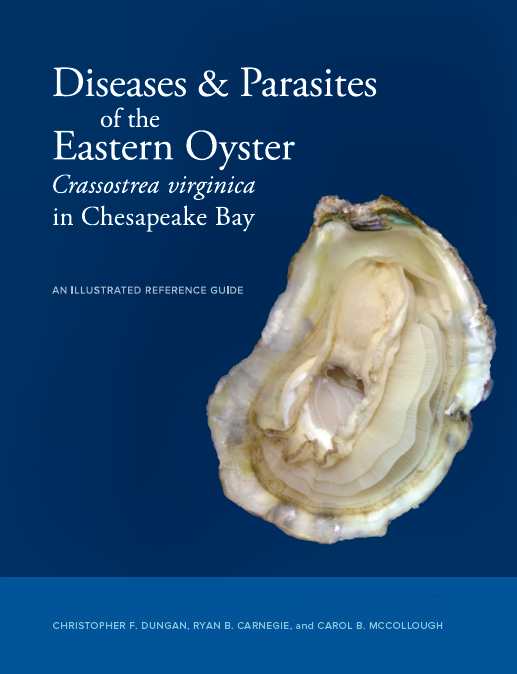Knauss legislative fellowships in Congress help build careers — and they're fun and educational. See our video and fact sheet for details.
The Maryland Sea Grant Bookstore will be closed for the winter holidays from Monday, December 15th to Friday, January 2nd and will not be taking orders during that time.
Livelihood Diversification and Maryland Oysters: What it means, and why we care.
“Livelihood diversification” describes the process by which an individual or household takes on multiple income-generating activities.
In other words, it occurs when people have more than one job or way of making money. Often, people diversify their incomes or livelihoods in order to make more money and gain stability in the face of unpredictable or reduced economies. Fisheries certainly fit that bill, what with regulations that change, predators that wax and wane, and uncertain environmental conditions that vary every year.
Understanding processes of livelihood diversification is important when considering how new livelihood or job opportunities may impact a community, a resource, or even an entire ecosystem. For example, if you are a lifelong fisherman faced with putting your children through college or paying for medical insurance, you might take on contract work for the state to do surveys. Or, you might assist with an aquaculture operation, or offer to take out tourists for a fee. And it may come to pass that the job you took on for extra income ends up becoming the main sustainer, depending on the situation.
As a Coastal Resilience and Sustainability Fellow, I’ve been investigating livelihood diversification within Maryland’s oyster industry. More specifically, I want to know how individuals are incorporating oyster aquaculture — the growing, farming, or cultivation of oysters — into their existing livelihood portfolios. (Livelihood portfolios are a fancy name to describe the combination of all the jobs a person holds.) Are they adding aquaculture as one more income-generating activity? Are they replacing another job with aquaculture? Is aquaculture one of many jobs, or is it their only job?
Understanding how aquaculture supplements incomes can offer insight into the trajectory of not only Maryland’s oyster aquaculture industry, but also its public fisheries. For example, in my interviews I ask oyster growers if they have stopped working in a public fishery after beginning work in aquaculture. Answering this question may show whether or not oyster aquaculture is contributing to reduced fishing activity in the public oyster fishery as well as other public fisheries.
Over the past nearly two years, I’ve worked with and interviewed oyster growers throughout Maryland. As I’m finishing up this project, I’m still conducting interviews and don’t have the final data ready just yet, but have already started to see some interesting outcomes and patterns.
- Livelihood diversification is occurring, with nearly 70 percent of growers interviewed thus far listing aquaculture as one of many sources of income. Diversification seems to be more common among growers who are or were commercial watermen. Based on my data, non-waterman growers (oyster growers who have never worked in the state’s public fisheries) are more likely to replace a previous source of income with oyster aquaculture, and are also more likely to have aquaculture as their only job.
- Waterman-growers (those who are or were watermen), on the other hand, are often adding aquaculture to the other jobs and activities they are doing, in many cases as just one more fishery. For many, aquaculture provides a back-up or safety net if the catch is low elsewhere. With this in mind, it may not be too surprising that, based on my interviews, most waterman-growers have not left the public oyster fishery after getting started with oyster aquaculture.

Oysters grow in a cornfield. This is part of livelihood diversification, or taking on a second job. Credit: Adriane Michaelis
All of my conclusions are preliminary but, once the project is complete, they will help highlight how a growing oyster aquaculture industry might shape the direction of Maryland’s seafood industry. Are there things the state can do to encourage more aquaculture? How would officials go about it? Understanding livelihood diversification is just one piece of the puzzle in my study that aims to describe who is involved in Maryland oyster aquaculture, as well as why they decided to enter the industry. For a description of the full project, see the research project page.
And finally, why should we care? Oysters in Maryland’s part of the Chesapeake Bay are at less than one percent of historic levels. Putting more oysters in the Chesapeake Bay helps filter the water, increases biodiversity, and adds jobs in coastal towns without a lot of other commercial opportunity. Oyster aquaculture can provide some pretty amazing things, but there may be more to the equation in trying to entice commercial fishermen to get involved. Stay tuned for my next “Fellowship Experiences” update that will discuss some of the motivations surrounding why people are entering Maryland’s aquaculture industry. It’s not always about the money, or the water filtered.
Photo, top left: Year-round oysters is relatively new in the Chesapeake, but it's catching on. Credit: Adrianne Michaelis
See all posts to the Fellowship Experiences blog




